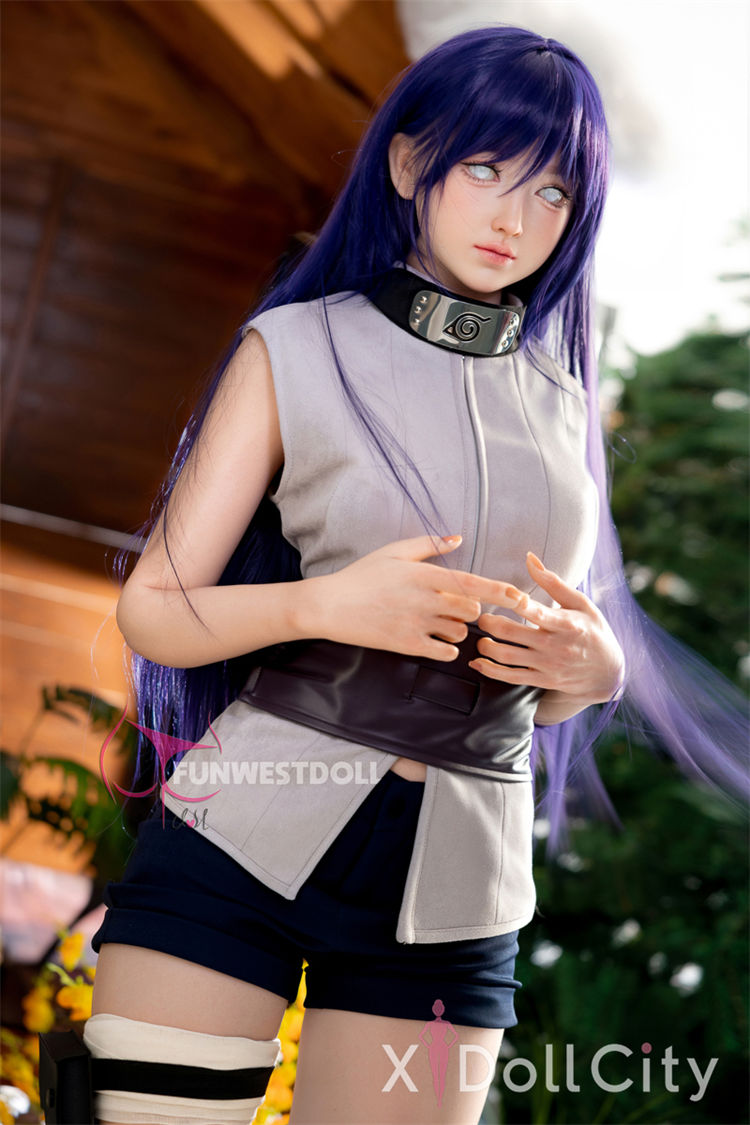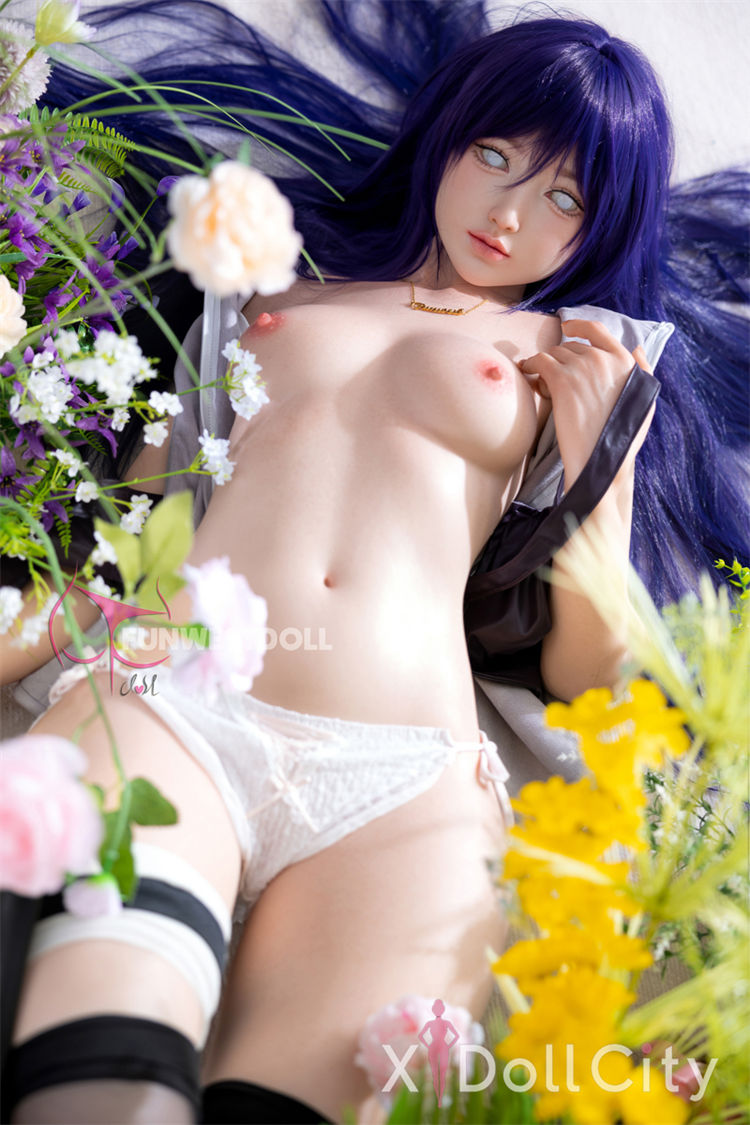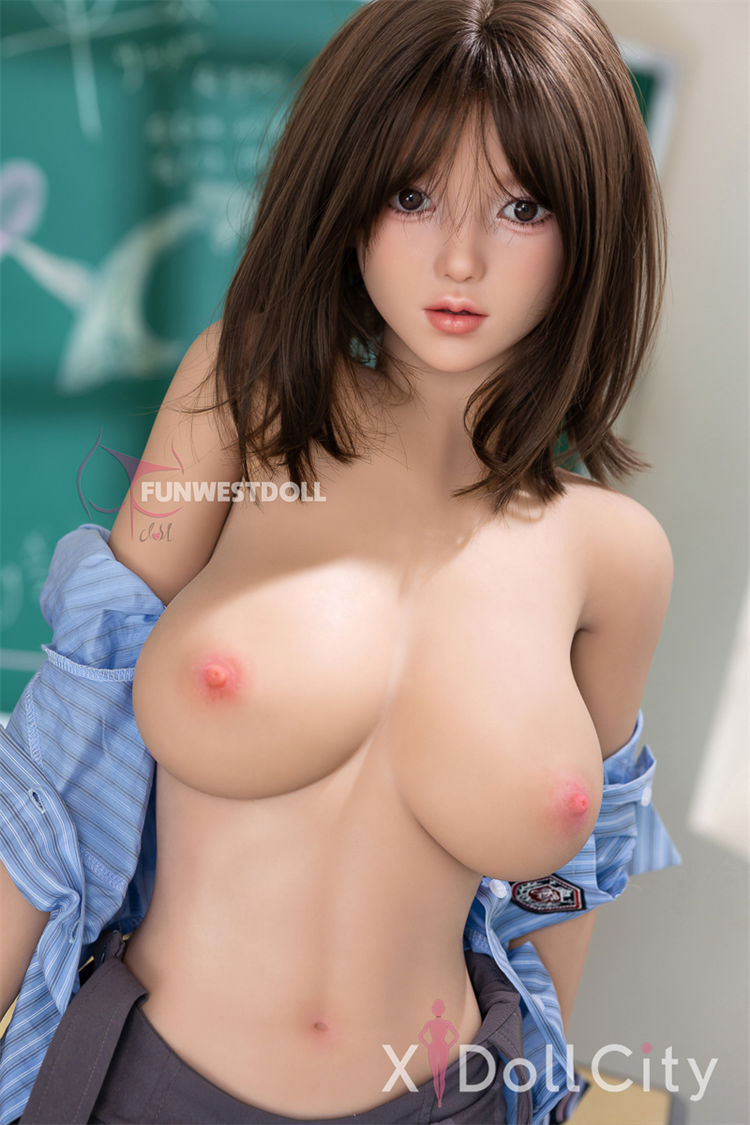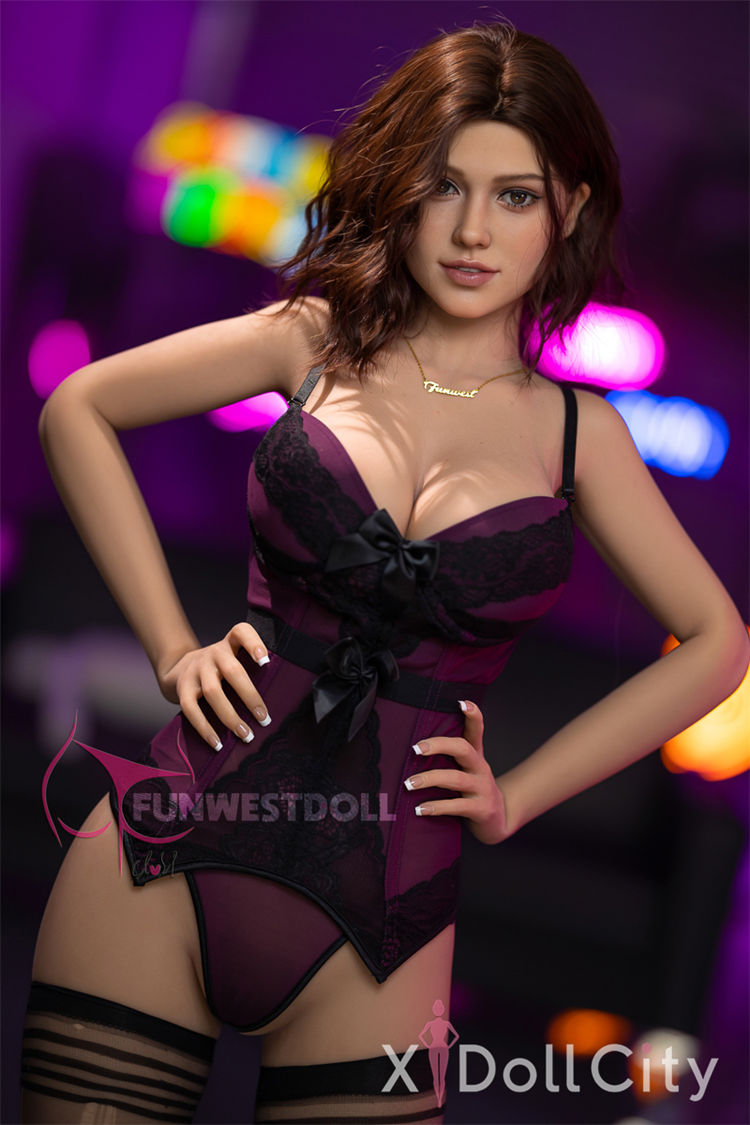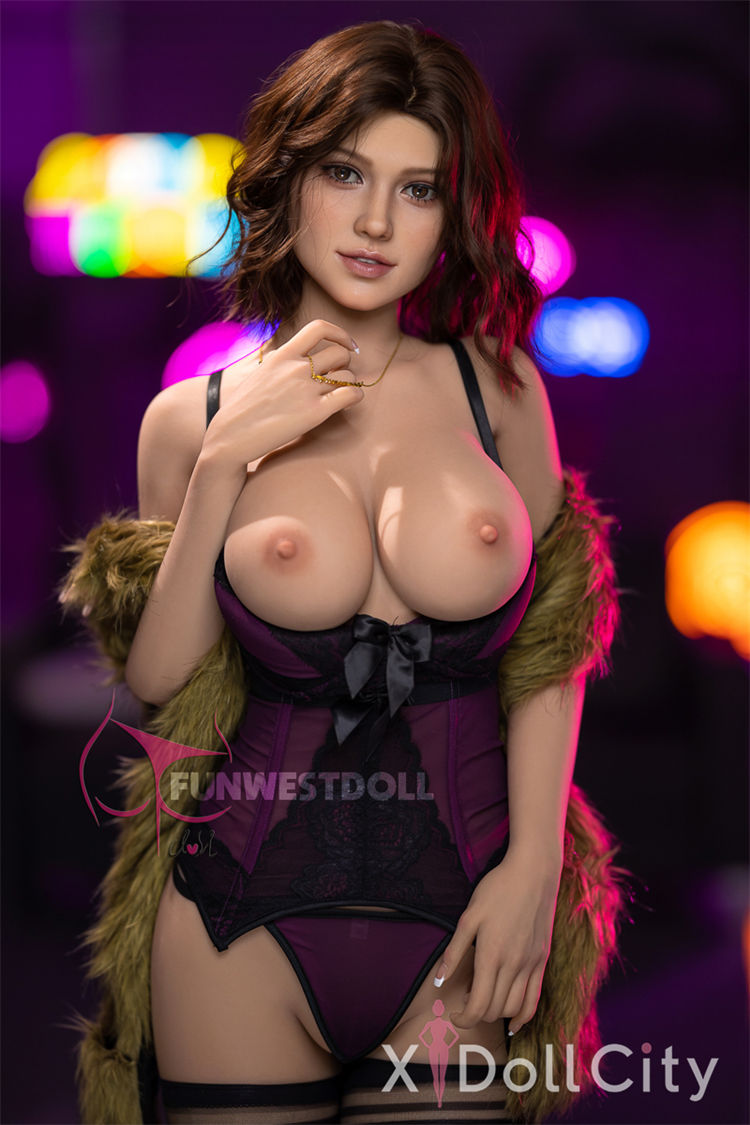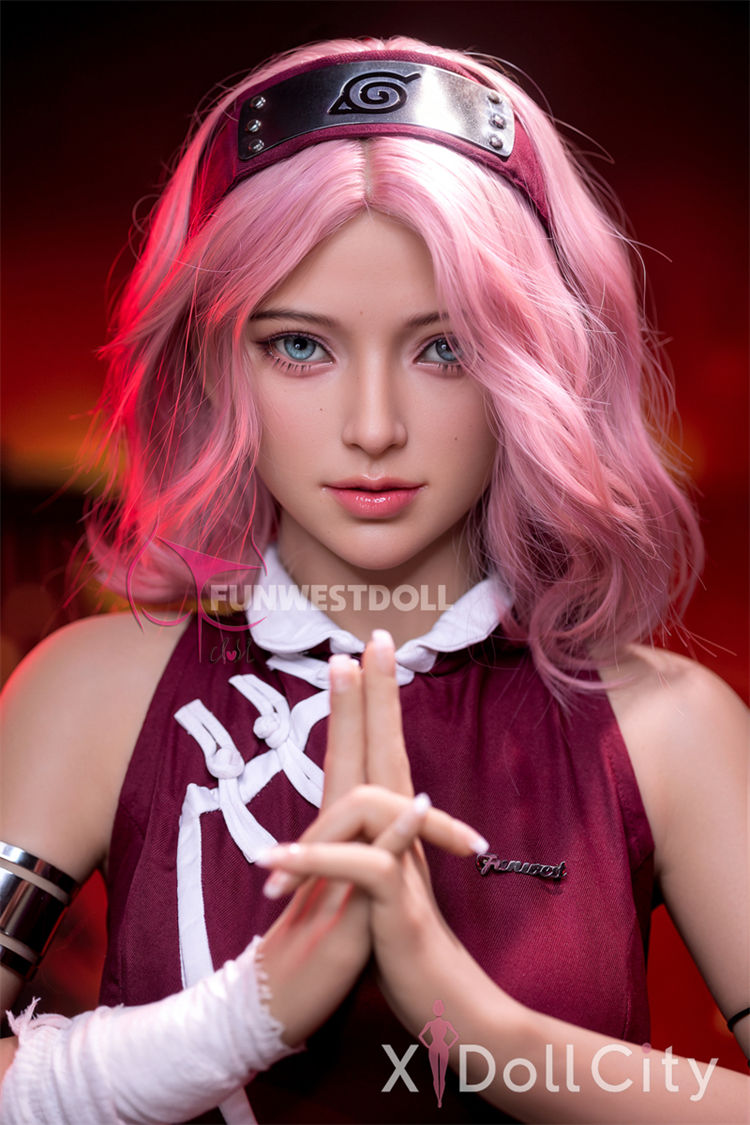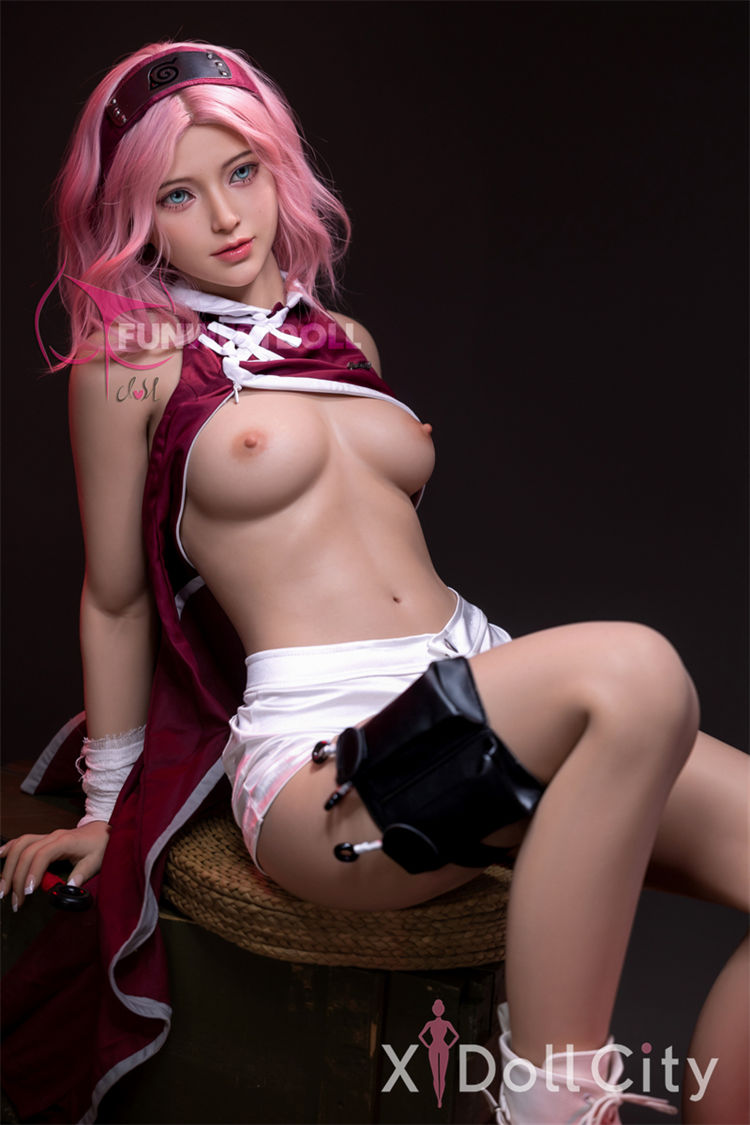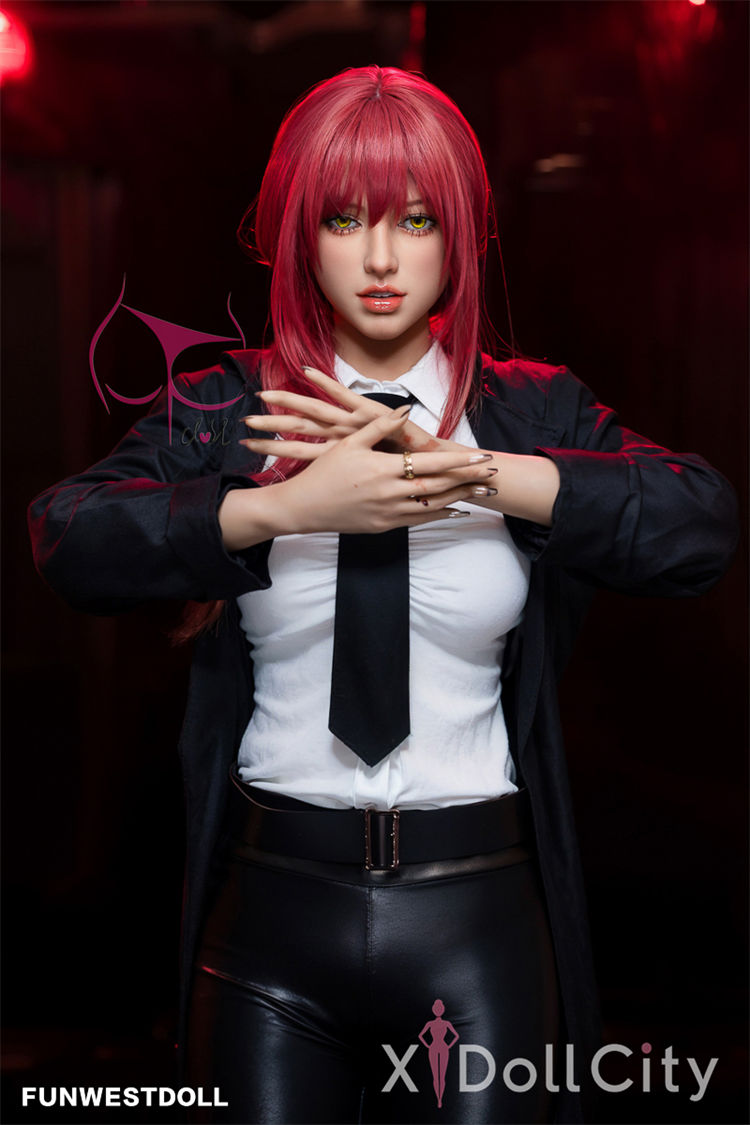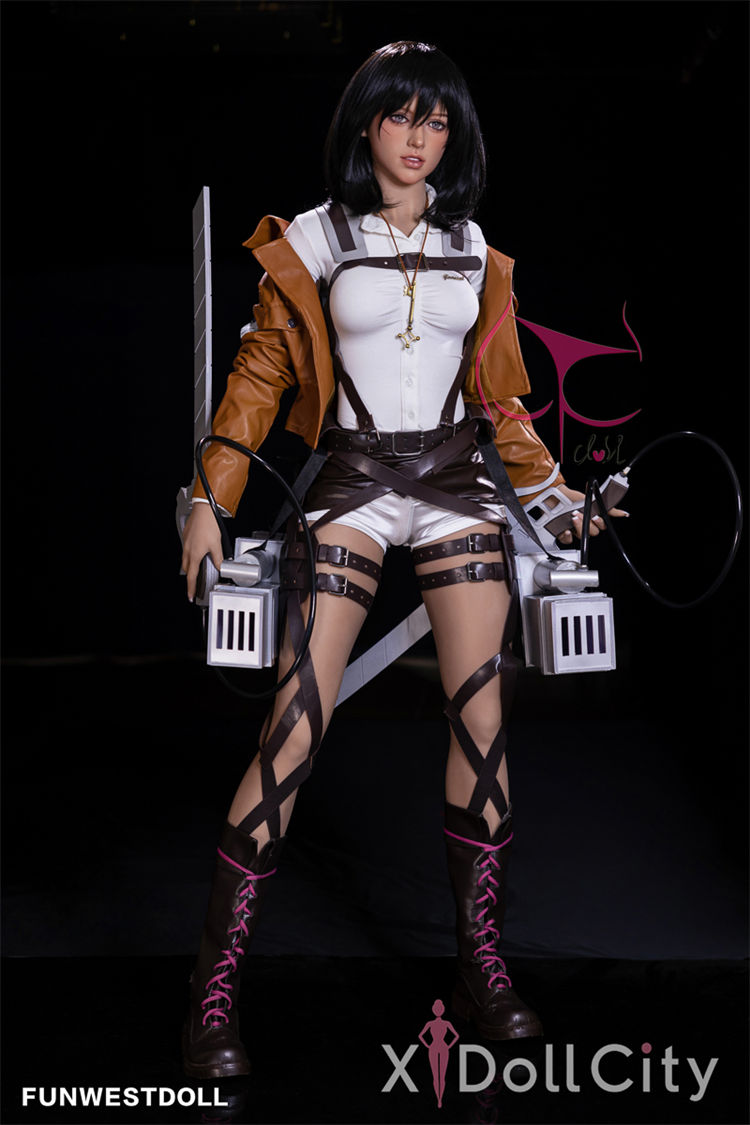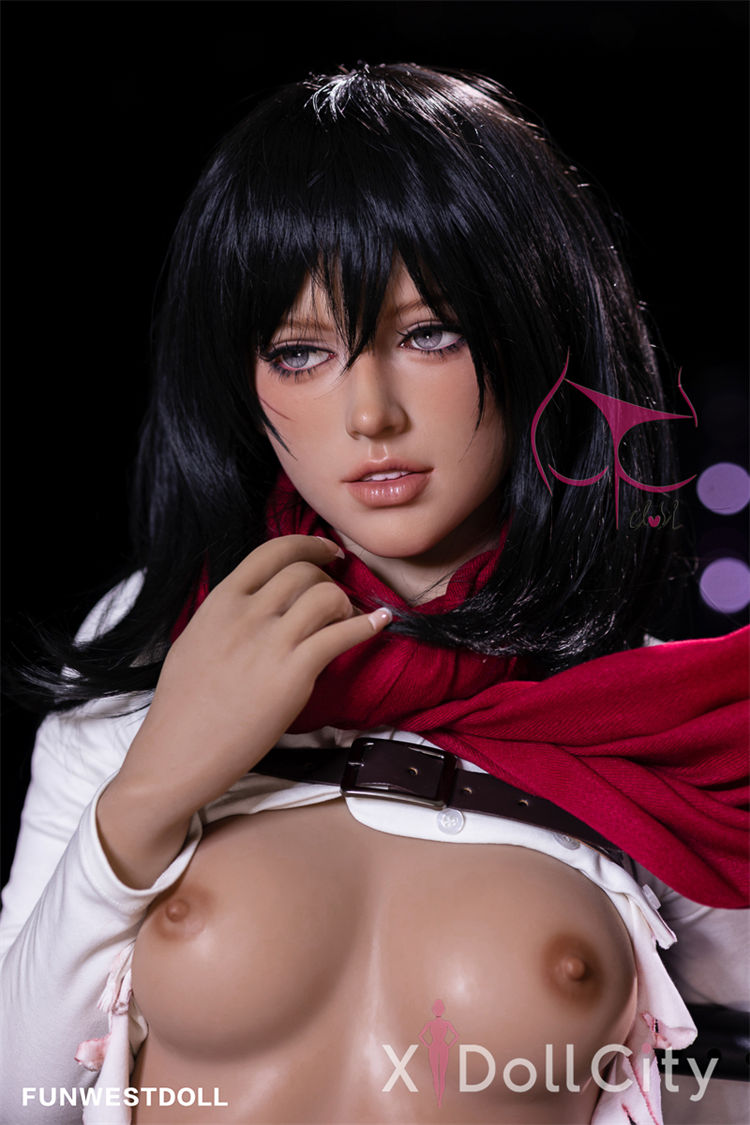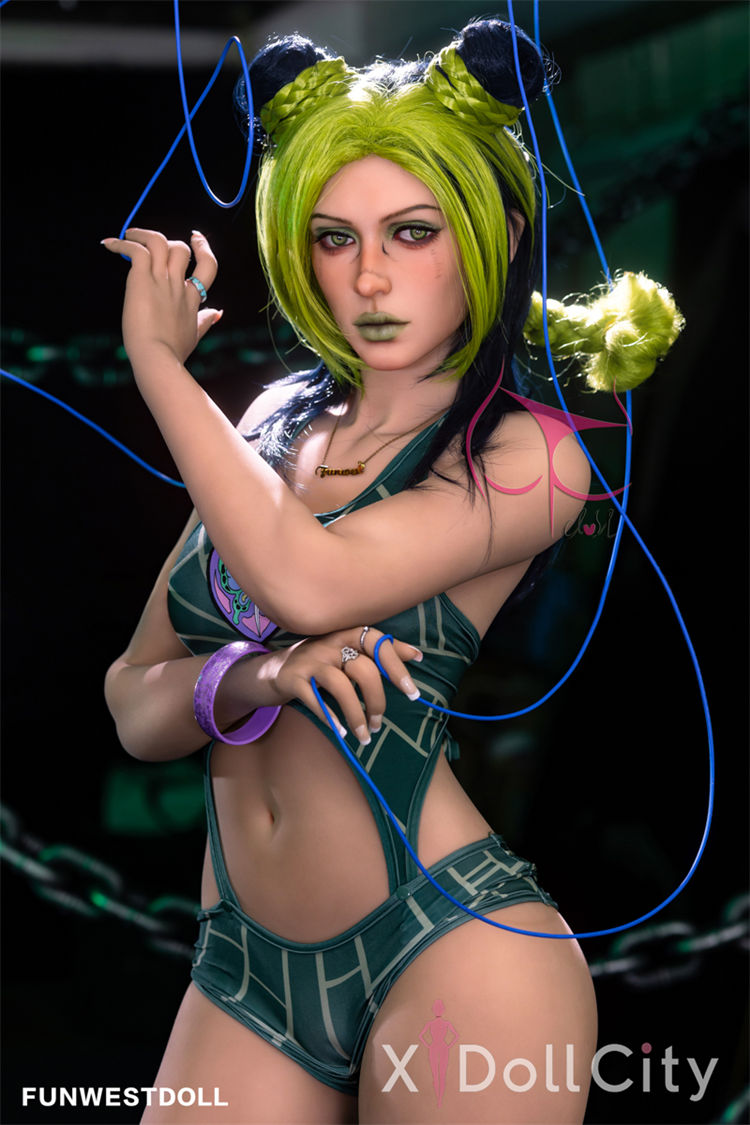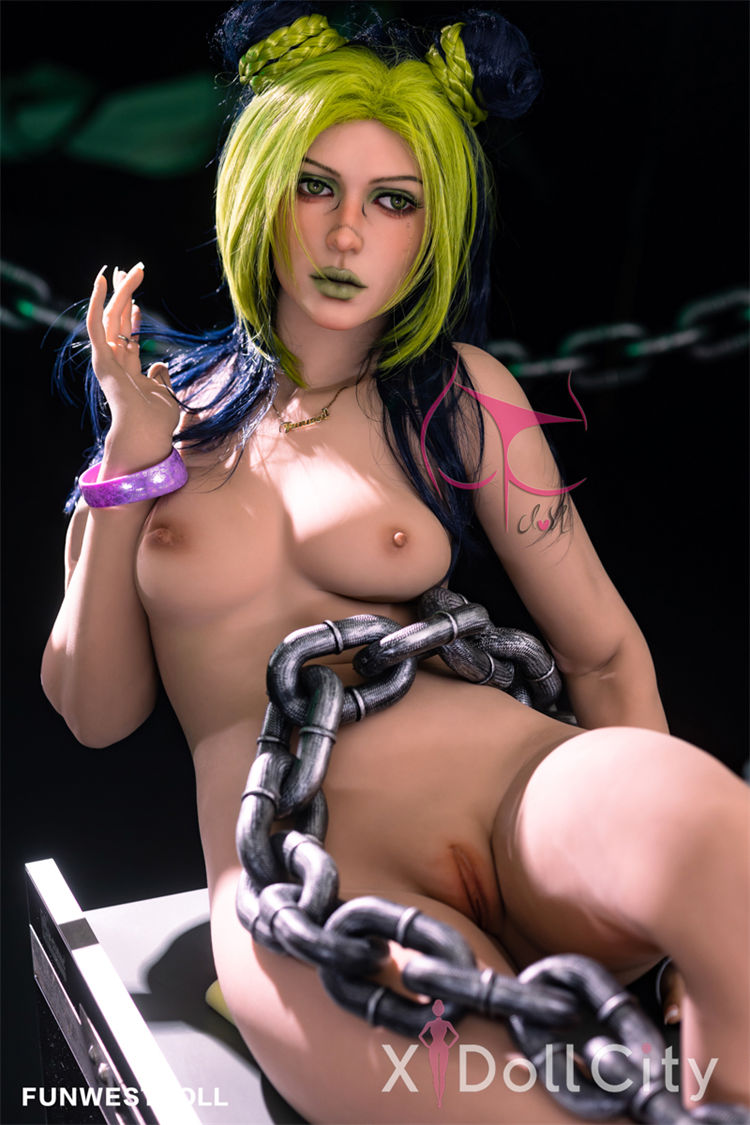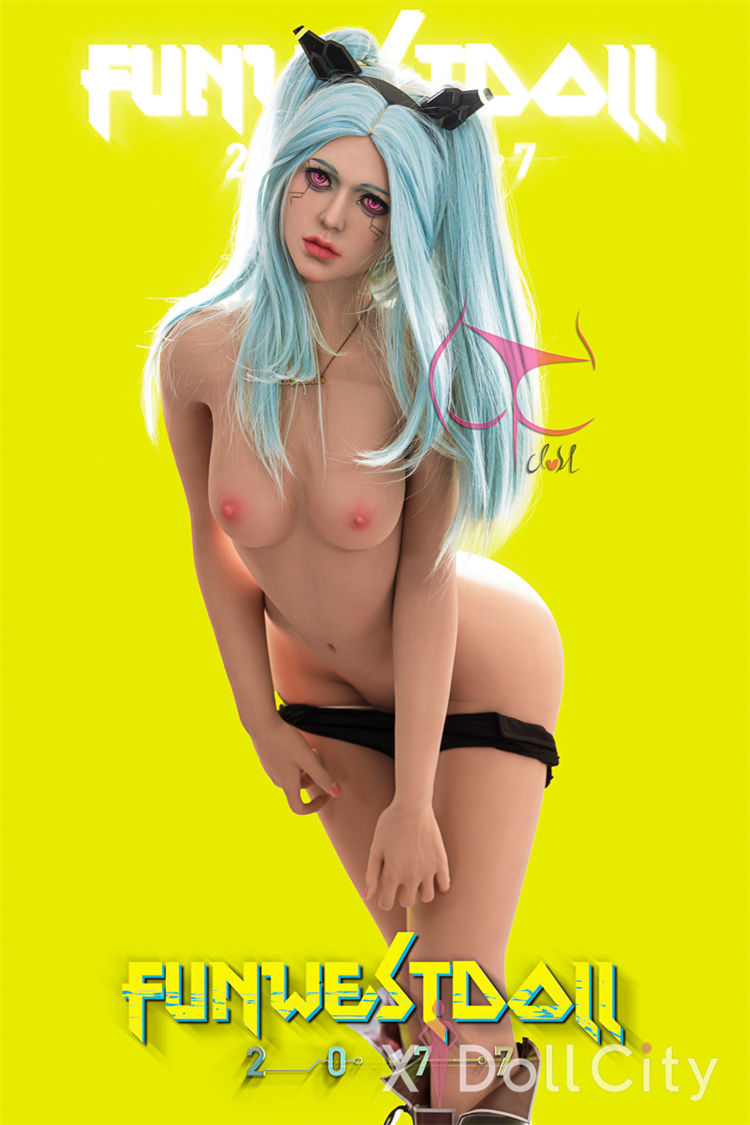Dancewear Fetish
Dancewear Fetish: The Allure of Movement and Sensuality
A dancewear fetish is an attraction to clothing traditionally worn for dance—leotards, tights, ballet slippers, leggings, or performance outfits. This fetish often blends aesthetic admiration with sensual fantasy, drawing on the grace, confidence, and body awareness that dancewear represents.
Unlike more overt BDSM expressions, the dancewear fetish tends to emphasize visual stimulation and texture-based desire. The form-fitting nature of dancewear highlights the body’s rhythm and curves, creating a sense of controlled exposure—revealing just enough while keeping an element of restraint.
For some, the appeal lies in the association with discipline and elegance—the dancer’s posture, precision, and self-control all contribute to the erotic image. For others, it’s the soft fabric, elasticity, and second-skin feel that trigger tactile arousal.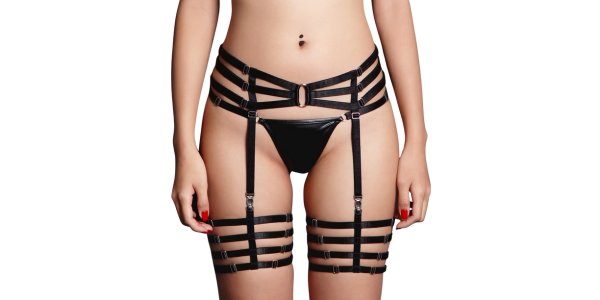
Emotional and Psychological Appeal
The fascination with dancewear goes beyond aesthetics. It reflects a longing for movement, fluidity, and transformation. When one wears dancewear, the body becomes expressive, almost theatrical—a vessel of sensual energy.
In relationships, partners may incorporate dancewear into role play or sensual exploration, blending grace with dominance or performance with intimacy. The fetish celebrates confidence and physicality, turning everyday garments into tools of desire and connection.
FAQ
What is a dancewear fetish?
A dancewear fetish involves sexual or sensual attraction to clothing designed for dancers—such as leotards, tights, or ballet outfits—often tied to grace, texture, or body expression.
Why do people find dancewear arousing?
The tight fit, smooth fabrics, and association with performance create a powerful visual and tactile appeal. Dancewear conveys control, elegance, and movement—all linked to sensual energy.
Is dancewear fetish considered part of BDSM?
Not necessarily. While some integrate it into role play or light dominance scenarios, dancewear fetishism typically centers on visual and sensory arousal rather than power exchange.
What types of clothing are linked to dancewear fetishes?
Common pieces include leotards, tights, ballet skirts, leggings, and unitards. Each emphasizes body lines and texture, enhancing both visual and tactile stimulation.
How can couples explore dancewear fetish safely?
Couples can start by incorporating dancewear into playful or sensual contexts. Communication and consent ensure both partners are comfortable and enjoy the experience.

